Donald Trump faces test over his pardon promise for January 6 rioters
The incoming US president has the power to pardon many of the mob who stormed the US Capitol, but it’s unclear how far he will go. One thing is for sure - those convicted aren’t sympathetic characters.
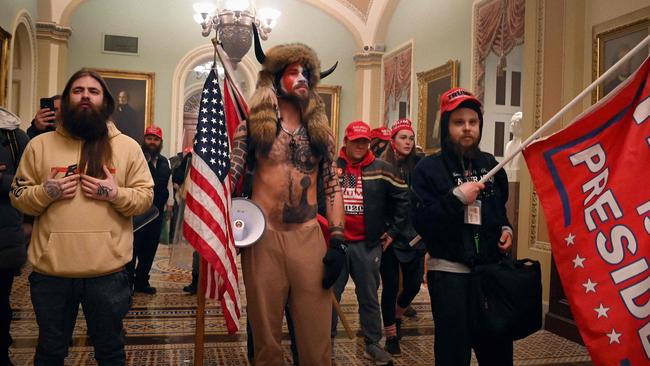
President-elect Donald Trump can’t change what happened four years ago on January 6, when a mob of his supporters stormed the US Capitol in an impossible effort to undo his 2020 election loss.
Soon, though, Mr Trump will get the power to extricate the riot’s participants from the legal consequences of their actions. How far will he go?
“A vast majority should not be in jail,” he said recently.
Scanning the latest case activity, what jumps out isn’t sympathetic characters.
On December 20 a prison sentence of 48 months was given to 31-year-old Joshua Lee Atwood, who pleaded guilty to assaulting law enforcement.
He emptied a can of pepper spray at police, beat them with a pole, and pelted them with objects such as a “metal scaffolding pipe.” He yelled that the cops were “pieces of s—” and “betraying your country.” The prosecution’s sentencing memo says his criminal history includes a pending felony case for an alleged 2023 stabbing.
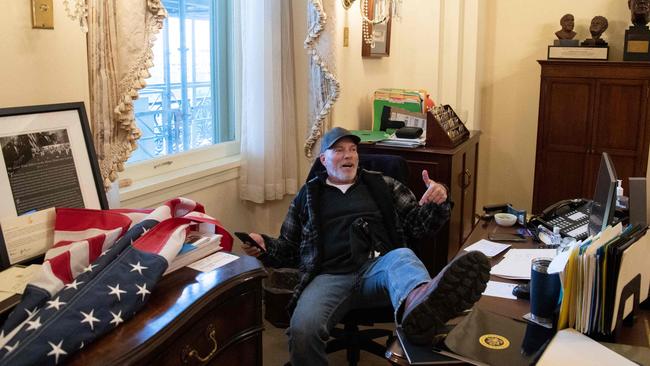
On December 17 a 60-month sentence was given to Michael Bradley, 50, who apparently went to the Capitol on January 6 with his own metal baton in a hip holster.
He swung it at police more than once, though video at his trial couldn’t conclusively prove whether he made contact.
The government also says he lied to the FBI and at trial.
He claimed it was really a flashlight holster on his hip, but the one he brought to court didn’t match the footage.
His list of priors includes a 2002 conviction for meth trafficking.
Also in December: A 24-year-old man got nine months for having thrown an “equipment container lid” that beaned a cop, causing momentary loss of consciousness and a suspected concussion. A 41-year-old man, who wore body armour on January 6, pleaded guilty to scuffling with police, including trying to seize an officer’s baton while shouting, “Come out here b—.”
Other active cases include accusations of ramming the police line, punching cops, and walloping riot shields with a baseball bat.
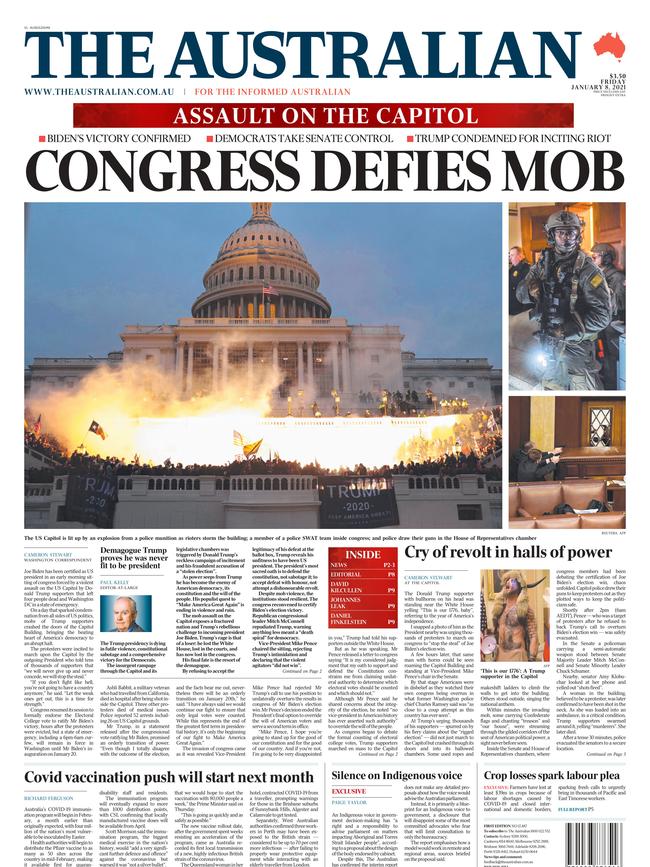
Brutal reality
This was the brutal reality of the Capitol riot that many want to forget. At times Mr Trump suggests his pardons for January 6 defendants won’t extend so far, and at times he’s less clear. He was pressed last month by an NBC host, who said that many of them “have pleaded guilty to assaulting police.”
Mr Trump’s reply was that a tough federal justice system gave them “no choice” but to plead out. Well, if they were innocent, they could have told a jury.
Pardoning such crimes would contradict Mr Trump’s support for law and order, and it would send an awful message about his view of the acceptability of political violence done on his behalf.
That’s what January 6 was, make no mistake. Though the GOP had valid complaints about the loosening of voting procedures amid Covid, Mr Trump lost in 2020 by three states and tens of thousands of votes.
His advisers repeatedly told him there was no evidence of massive ballot fraud. Yet he insisted the election was stolen and that Vice President Mike Pence could halt the count on January 6. That’s why he sent his supporters toward the Capitol.
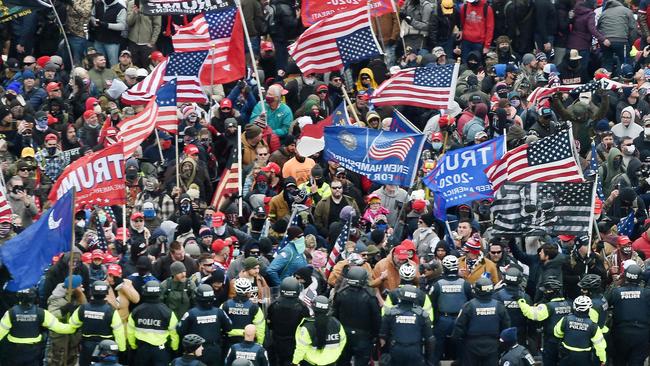
The size of swirling crowds is tricky to estimate, but the acting head of the US Capitol Police testified the month after January 6 that the number converging on the building was “well in excess of 10,000.”
The US Attorney’s office in DC “generally has not charged” those whose only crime was trespass on restricted grounds, declining “hundreds” of cases, the FBI recently said.
Press reports have suggested prosecutors believe that up to 2500 people entered the Capitol.
The feds have charged about 1600, including at least 590 accused of “assaulting or impeding law enforcement.”
The alleged conduct varies widely, as do the sentences, which run from probation and fines to years in prison. As of early November, 1028 cases had been fully adjudicated, with 645 resulting in incarceration and 143 home detention. The volume and range of cases make it difficult to generalise, and each individual court file tells a story.
Examine the details

As is typical, defendants who admit wrongdoing and take a plea deal can get less punishment than those who lack remorse, lie to a jury, and get convicted.
Some January 6 rioters were organised with the Proud Boys or other groups. Some were in the vanguard of breaching the building. Some revelled at the violence and intimated more to come.
Rap sheets differ. Even if Mr Trump restricts his clemency to nonviolent offences, he’d do well to examine the details.
On December 6 a prison sentence of 12 months was given to Philip Sean Grillo, 50, for a jury conviction of four misdemeanours. He isn’t accused of specific violence, but he was at the Capitol early with a bullhorn, yelling, “Charge!”
He climbed into the building through a broken window and was part of a group that pushed past police to open doors for others. He smoked marijuana inside.
He was no lost tourist.
“I’m here to stop the steal,” he said. Later: “We f — did it, baby, you understand? We stormed the Capitol!”
Sentencing him was Judge Royce Lamberth, a Reagan appointee.
“Having read dozens of indictments related to January 6,” he wrote, “I can say confidently: nobody has been prosecuted for protected First Amendment activity. Nobody is being held hostage. Nobody has been made a prisoner of conscience. Every rioter is in the situation he or she is in because he or she broke the law, and for no other reason.”
-Wall Street Journal


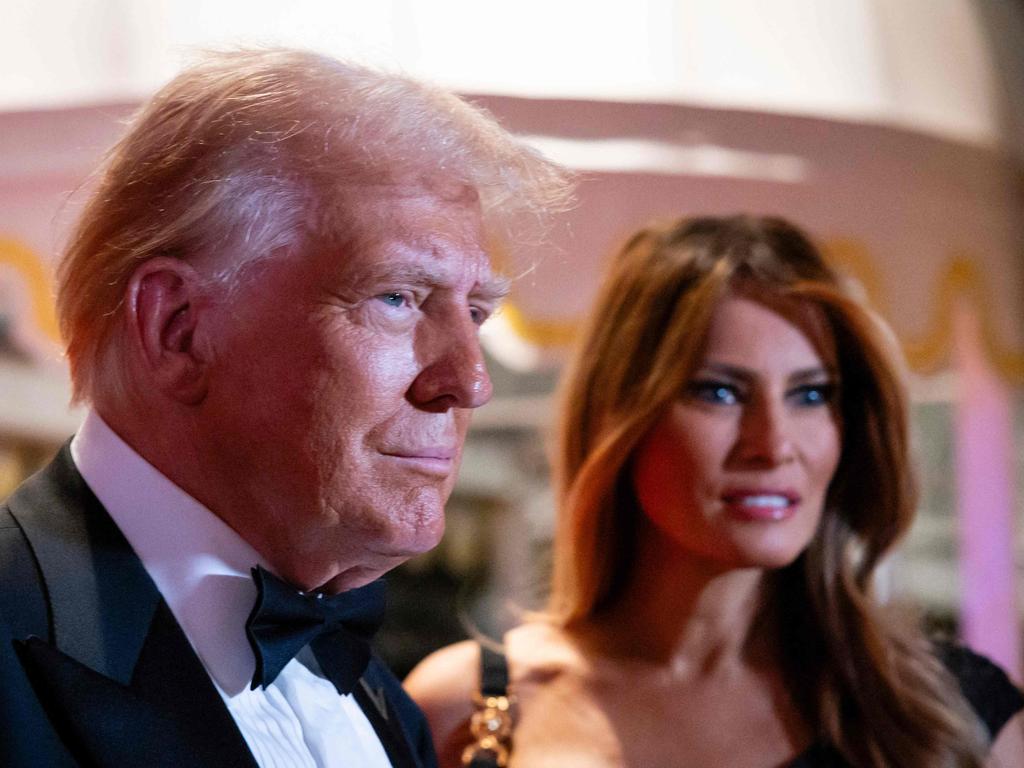

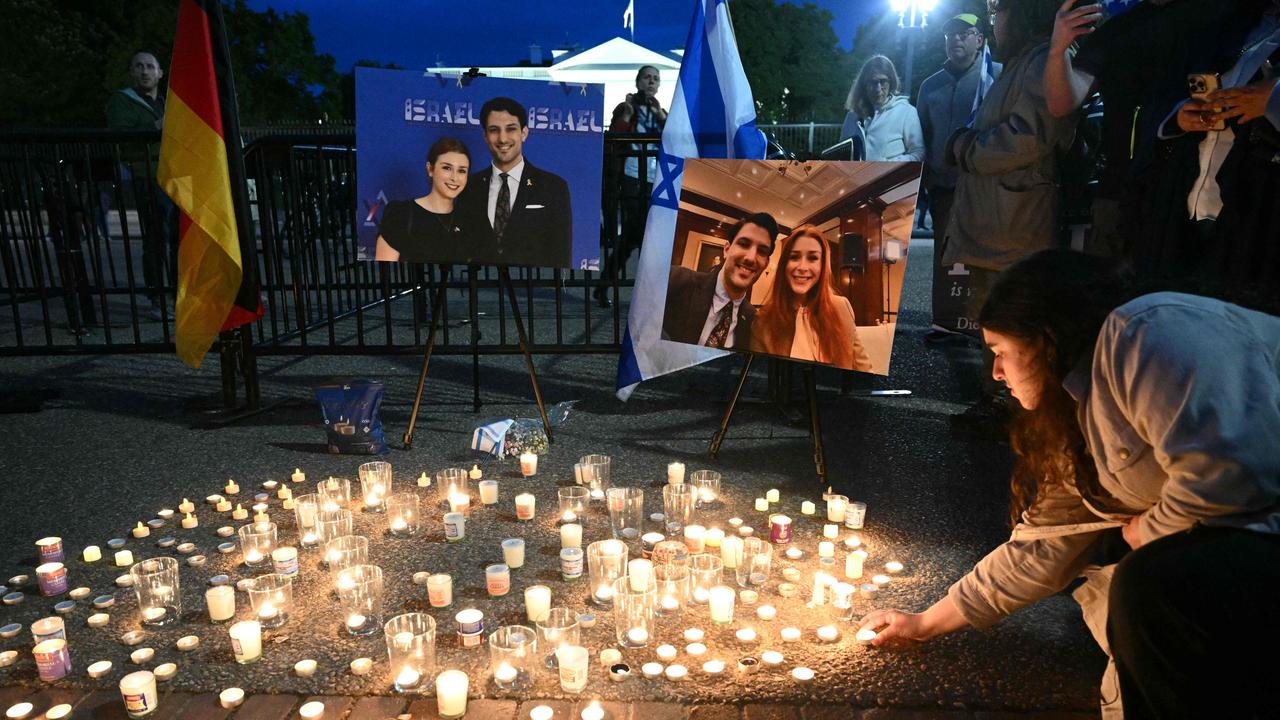
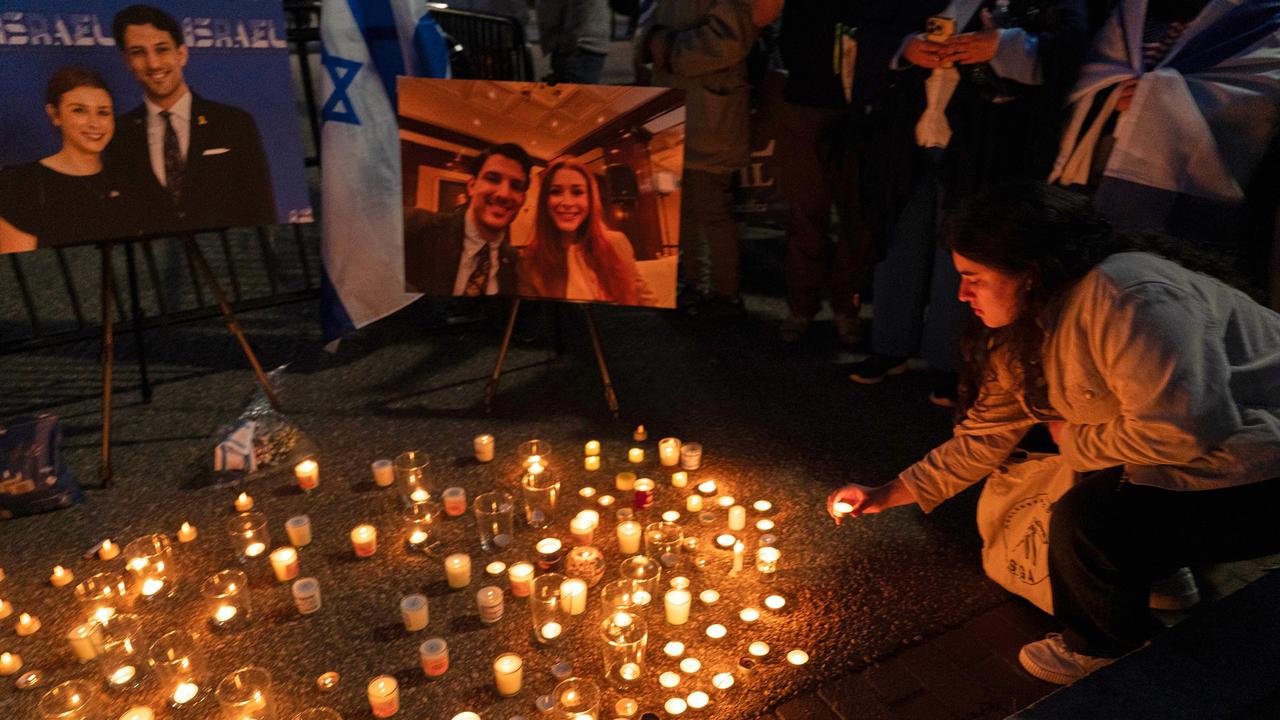
To join the conversation, please log in. Don't have an account? Register
Join the conversation, you are commenting as Logout